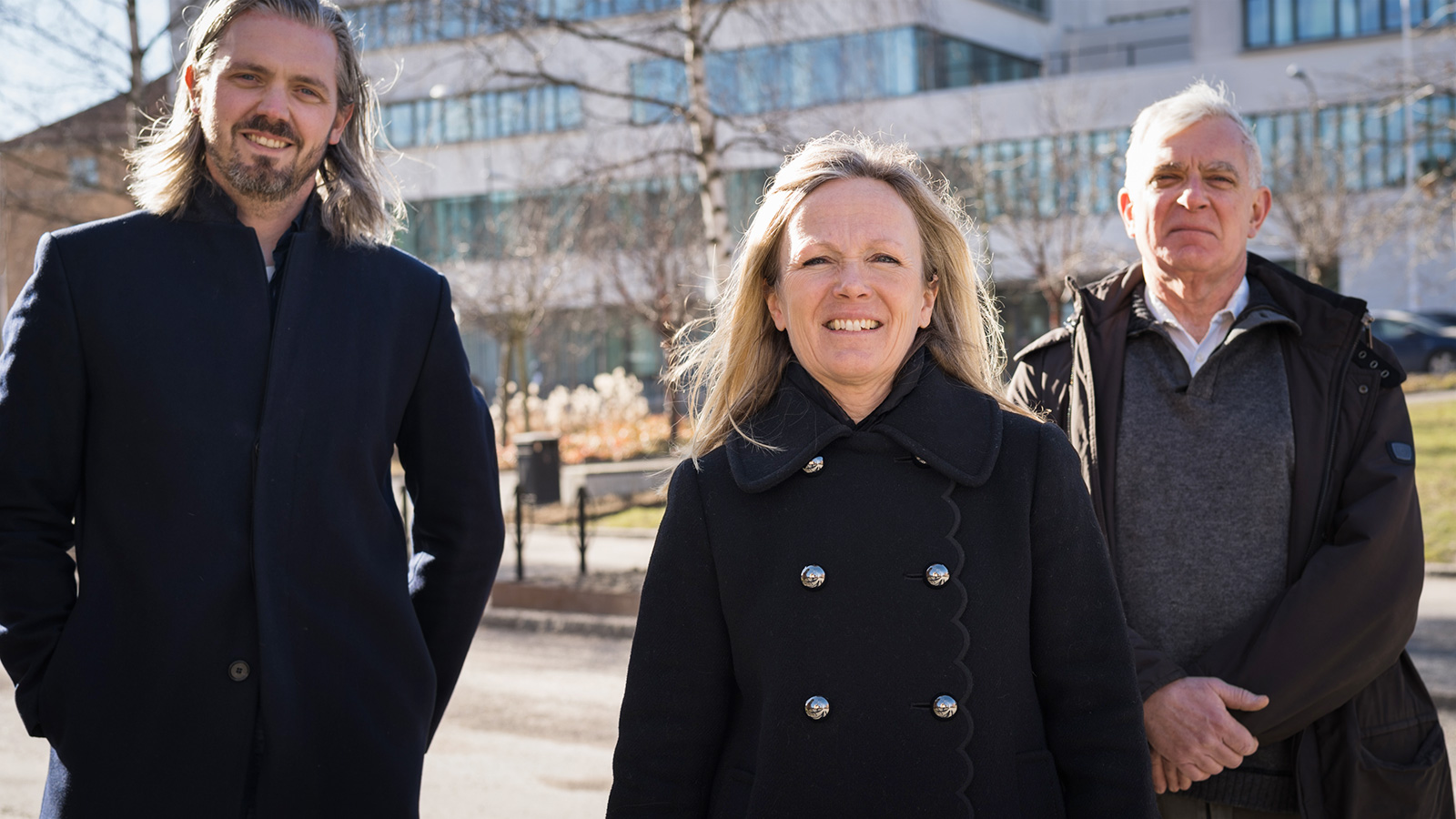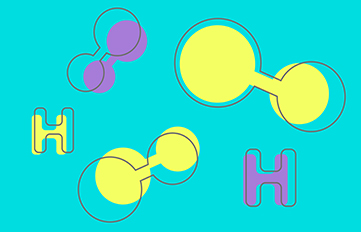Aiming for faster material development
Meet the centre for Mechanics and Materials Design (MMD)

Mechanics and Materials Science are two disciplines with their own research methods, their own terminology and strong traditions within KTH. The Center for Mechanics and Materials Design (MMD) is a new, still growing centre with the sometimes challenging task of making them work together.
Engineers with knowledge of both materials and mechanics can speed up the processes for producing new, better materials. That is the basic idea behind the Center for Mechanics and Materials Design (MMD).
”MMD was born out of a real demand, the industry requires this double competence, and the goal is for our students to start working for our industry partners after their education,” says MMD's coordinator, Carl Dahlberg.
He says that materials science and mechanics, despite their many points of contact, have previously had only sporadic collaborations.
”Outside of Sweden, the same sharp distinction is not made between materials science and mechanics. We want to establish the common area here as well. Stronger – or lighter – materials have many advantages, they benefit new transport- and energy systems, among other things, and in the long run they provide competitiveness for Sweden as an industrial nation.”
Commissioned and fundamental research
The interest in this new area is noticeable, among other things, by the fact that MMD is almost completely industry-financed, which is unusual for competence centres.

”Commissioned research is something to be proud of, it shows that someone is interested in what you do. Our partners are high-tech companies and we can collaborate on issues that are relevant to the industry,” says Carl Dahlberg.
One example is research on the causes of so-called "material fatigue", which means that relatively low loads can cause wreckage if they are repeated many times.
“There is also a curiosity aspect. Mechanics can be fun, when you are trying to solve fundamental problems that you do not understand.”
From atoms to components
Somewhat simplified, materials science can be said to deal with what happens at the micro- and nano levels, while mechanics focuses on mechanical properties. One of the challenges for MMD is therefore to develop common materials models.
”We are interdisciplinary, we serve the entire material processing chain, from the laboratory level to construction and manufacturing industries. Product manufacturing is a more iterative process today and goes back and forth in these chains. Therefore, materials models have to cover the entire process. We are not really there yet,” says Carl Dahlberg.
Another challenge is such a seemingly simple thing as communication. ”Materialare” and ”hållfare” (mechanics people) have different terminology and look at the same material with different eyes.
”What the materials people call ”gitter rotation”, is known, for example, in mechanics as ”Dislocation Density”. But it is not so much about developing a common terminology as becoming bilingual, and maintaining an open atmosphere despite the fact that we use different terms.”
MMD has only been around for a little more than a year. The center’s directors, Annika Borgenstam and Per-Lennart Larsson, are still evaluating what may come out of the collaboration. They hope to be able to expand to other Swedish universities, reach more industry partners, see more synergy effects and create new educations, both at the undergraduate and doctoral level.
”Running a competence centre is a learning process for us and nothing happens by itself. It is both an obligation and an advantage,” says Carl Dahlberg.
Text & photo: Alexandra von Kern

